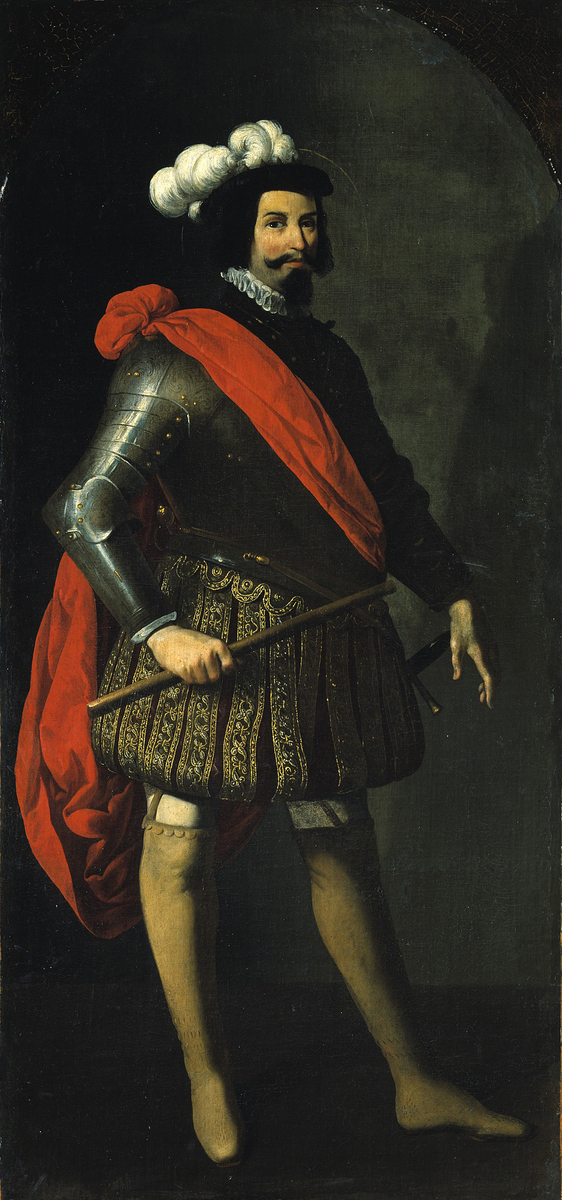Abstract
Born in 1608, Habsburg emperor of the Holy Roman Empire Ferdinand III
(r. 1637-57) inherited the ongoing Thirty Years War (1618-48) from his
father, Ferdinand II (r. 1619-37). In 1634, after imperial general
Albrecht von Wallenstein was accused of treachery, removed from his
post, and murdered at Ferdinand II’s behest, Ferdinand III was put in
charge of the imperial army. Though imperial troops under his command
won an important victory at Nördlingen later that year, the war went
badly for the Habsburgs. The fighting wreaked havoc on the German
territories and was prolonged, in part, because of the Austrian
Habsburgs’ alliance with the Spanish Habsburgs. Ferdinand proved less
intransigent than his father in confessional matters, but his refusal to
offer a general amnesty to Protestants and his insistence on an
exclusively Catholic faith in his domains prevented an earlier peace.
Moreover, he failed politically in his attempts to reverse both the
fragmentation of the Empire and his own dwindling influence. It was not
until 1663, when his son, Leopold I (r. 1658-1705), turned the Imperial
Diet [Reichstag] into the Permanent
Imperial Diet that a limited recovery of imperial power began.
In addition to his military achievements, Ferdinand III was also
known for his interest in and patronage of the arts; he was an avid
reader, wrote music, and is said to have spoken seven languages. This
portrait of Ferdinand predates his reign as emperor and shows him as
King of Hungary and Bohemia. He appears in an armored vest, a reference
to his role as a military leader. Given the Austrian Habsburg’s close
ties to Spain, it is worth noting that the portrait was painted by
Francisco de Zurbarán, one of the greatest artists of the Spanish Golden
Age. Oil on canvas by Francisco de Zurbarán (1598-1664), 1630s.
